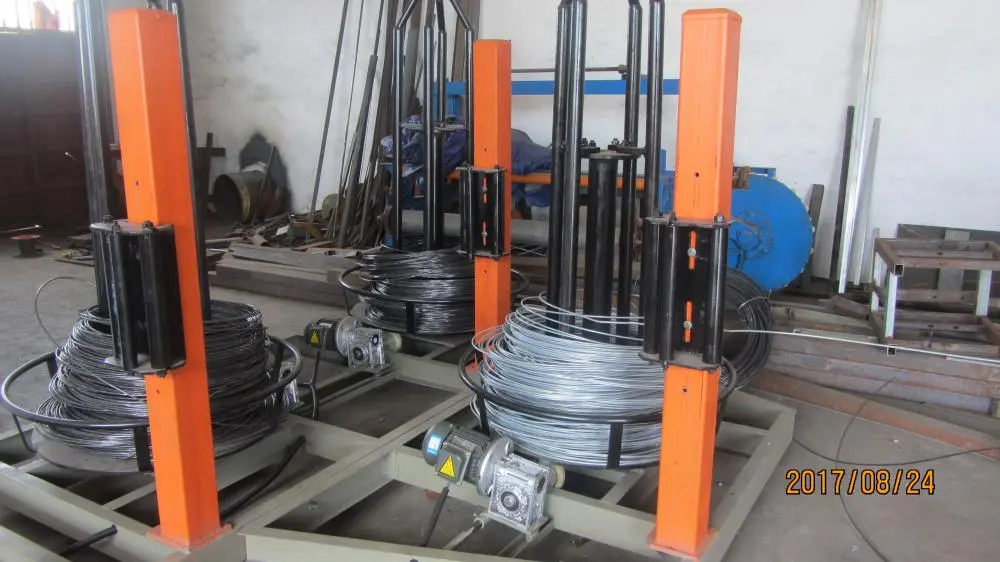
An Overview of Steel Forming Machines
Steel forming machines play a pivotal role in the manufacturing and construction industries, facilitating the transformation of raw steel into useful shapes and components. These machines are engineered to manipulate steel through various processes such as bending, rolling, cutting, and welding, making them essential tools in producing everything from structural beams to intricate metal parts.
Types of Steel Forming Machines
The spectrum of steel forming machines is vast, each designed for specific applications and processes
. Among the most common types are1. Roll Forming Machines These machines are used to create long lengths of metal with a constant cross-section. The process involves feeding a coil of steel through a series of rollers that progressively shape the metal into the desired profile. Roll forming is particularly efficient for producing parts like metal studs, track systems, and roofing panels.
2. Press Brakes Press brakes are versatile machines that bend sheet metal into various angles. They operate by pushing a die against the metal sheet, forming it into the specified shape. The precision of modern press brakes allows manufacturers to achieve tight tolerances, which is crucial in industries such as automotive and aerospace, where accuracy is paramount.
3. Shearing Machines Also known as guillotine shears, these machines are used to cut metal sheets or plates into specific lengths or shapes without the formation of chips. Shear cutting is widely employed in preparatory stages of fabrication, allowing for efficient size reduction and material management.
4. Punching Machines These machines punch holes into metal sheets using a die and a punch. They are commonly used in the fabrication of parts for assemblies and are essential for industries that require precise hole placement for fastening and assembling components.

5. Welding Machines Welding forms the backbone of metal joining processes. Machines such as MIG (Metal Inert Gas) and TIG (Tungsten Inert Gas) welders use electric arcs to melt and fuse metal pieces together. These machines are crucial in building structures and manufacturing components where high strength and durability are required.
Advancements in Technology
The evolution of steel forming machines has seen significant advancements, particularly in automation and digital technologies. Computer Numerical Control (CNC) technology has enhanced the precision and repeatability of machining processes, allowing for complex designs and reducing the risk of human error. Additionally, the integration of software solutions for designing and simulating processes has streamlined the workflow, enabling manufacturers to optimize production and reduce lead times.
Moreover, automation and robotics are increasingly becoming part of the steel forming landscape. Automated systems can handle repetitive tasks with speed and precision, enhancing efficiency while mitigating labor costs. This trend aligns with the broader industry movement toward smart manufacturing and Industry 4.0, where connectivity and data exchange lead to improved productivity and innovation.
Importance in the Industry
Steel forming machines are indispensable in a wide array of industries including construction, automotive, aerospace, and consumer goods. They support the production of essential components required in building infrastructure, manufacturing vehicles, and creating equipment. The ability to customize shapes and dimensions means that manufacturers can cater to specific customer needs and industry standards.
In conclusion, steel forming machines are at the heart of modern manufacturing processes. Their versatility, combined with technological advancements, continues to evolve, enabling industries to meet the demands of the market efficiently. As manufacturing trends shift towards increased automation and precision, the significance of these machines will only continue to grow, underpinning the structural integrity of the world's infrastructure and products.